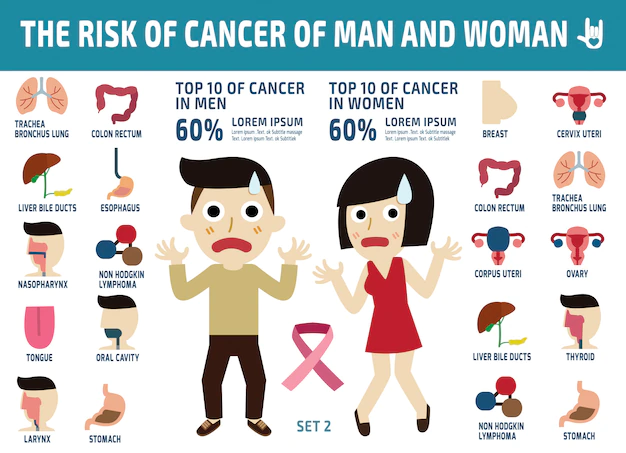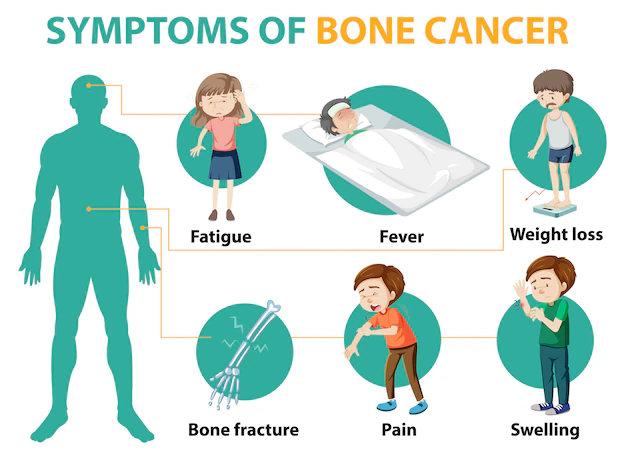About Cancer

About CANCER
Cancer is the general name for a group of more than 100 diseases. Although there are many kinds of cancers, all cancers start because abnormal cells grow out of control. Untreated cancers can cause serious illness and death.
HOW CANCER STARTS
Cancer starts when cells in a part of the body start to grow out of control. Cancer cell growth is different from normal cell growth. Instead of dying, cancer cells continue to grow and form new, abnormal cells. Cancer cells can also invade (grow into) other tissues, something that normal cells cannot do. Growing out of control and invading other tissues are what makes a cell a cancer cell.
“Help us to help her”



Information on Cancer
Incidence of cancer In India
The National Cancer Registry Programme Report 2020, released by the Indian Council of Medical Research (ICMR) Tuesday, estimates there will be 13.9 lakh cancer cases in India in 2020, and this number is likely to rise to 15.7 lakh by 2025. the standard five leading sites are breast, lung, mouth, cervix uteri, and tongue. The projected incidence of patients with cancer in India among males was 679,421 (94.1 per 100,000) and among females 712,758 (103.6 per 100,000) for the year 2020. One in 68 males (lung cancer), 1 in 29 females (breast cancer), and 1 in 9 Indians will develop cancer during their lifetime.
The majority of the patients with cancer were diagnosed at the locally advanced stage for breast (57.0%), cervix uteri (60.0%), head and neck (66.6%), and stomach (50.8%) cancer, whereas in lung cancer, distant metastasis was predominant among males (44.0%) and females (47.6%).
27.1% of India’s all cancer cases in 2020 will be tobacco-related.
As per data provided by the Indian Council of Medical Research (ICMR), in 2015, about 48,000 patients (20,235 in Telangana and 28,082 in Andhra Pradesh) died from various types of cancer.
Govt reach
To a certain extent, the government has been doing cancer screening camps in PHCs through regional cancer centres. Post covid the number of camps has reduced significantly. This leaves a vast gap for early detection of cancer.
Scope for screening
Cervical cancer is one of the most common cancers in females. It is most commonly seen in the low socioeconomic strata of the female population. Many of them are not even aware of the occurrence of breast and cervical cancers that can paralyse their life and that of their families. There is a need for screening them and educating them to tackle this menace at the root level.